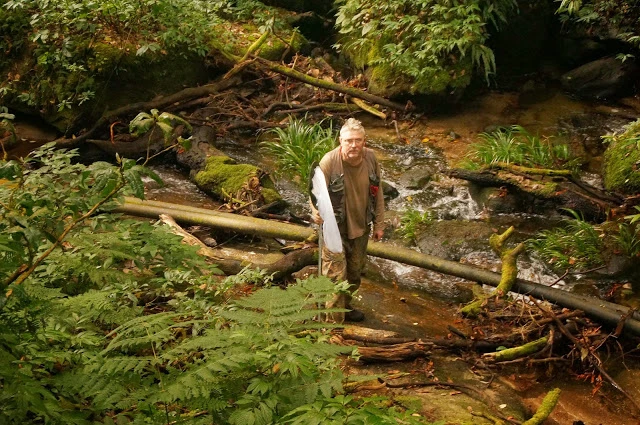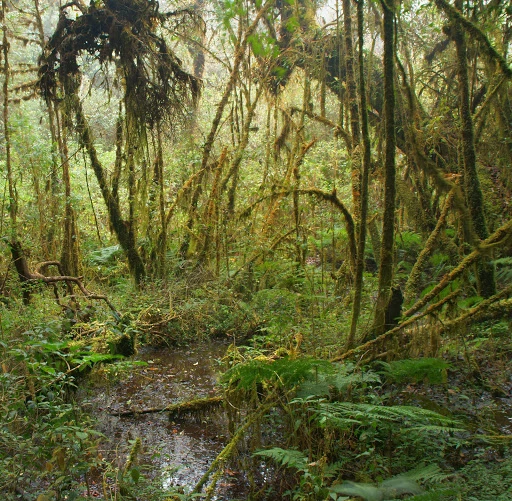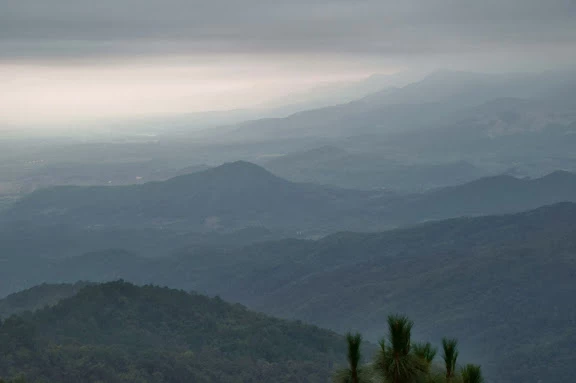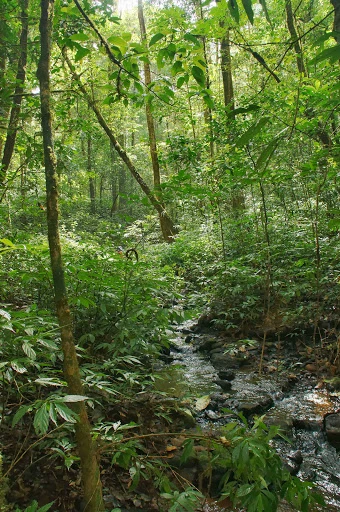Exploring Insect Diversity in Thailand
, 16 January 2014
(Searching for the ‘missing millions’)
To an explorer of biodiversity, especially invertebrate biodiversity, tropical forests remain largely unknown and unmapped territory. I study the insect Order Diptera (flies), and while some 150,000 species have already been found and described world-wide, perhaps 2-10 million (maybe more!) remain completely unknown to science and a large proportion of these will undoubtedly be found in tropical forests. As Principal Curator of Entomology, much of my research effort is devoted to finding and describing the ‘missing millions’ (taxonomy), understanding how and where they evolved (phylogeny and biogeography) and investigating the roles they play in modern ecosystems (ecology).
One of my favorite areas to work in is southeast Asia, particularly Thailand where my studies have already described about 70 new species of fly in the group known as Empidoidea (dance-flies and their allies). I recently began a project with Wichai Srisuka, my colleague in the Entomology section of the Queen Sirikit Botanic Garden in Thailand, in which we are using Malaise traps (a tent-like structure into which insects fly and can be trapped) to sample dance-flies and other insects on two of Thailand’s highest mountains; Doi Inthanon and Doi Phahompok. The samples collected will no doubt contain many new species for me to describe for the first time and should also yield valuable data on how communities of insects on the mountains vary with altitude. The summit slopes of Doi Phahompok and Doi Inthanon are covered in a type of thick luxurious wet forest known as Moist Hill Evergreen in which many endemic species occur (an endemic species is one entirely confined to a particular locality). Our earlier results suggest that although these two mountains are only 150km apart and have many similarities in their fly fauna, both have many endemic species on them too. By comparing the degree of ‘endemicity’ on the two mountains we hope to better understand some of the historical processes that gave rise to the exceptional biodiversity of these areas.
When scientists try to identify geographical areas of conservation importance they like to map not only diversity (essentially, how many different species there are) but also endemicity. Knowing exactly where biodiversity and endemicity hotspots are enables conservation planners to better target their efforts. In the tropics, knowledge of diversity and endemicity is largely confined to a few groups of plants and vertebrates. Unfortunately, these creatures represent only a small fraction of the variety of life so prioritizing conservation efforts using them alone is imperfect. Furthermore, measures of plant and vertebrate variety are not effective surrogates of invertebrate diversity whereas knowledge of invertebrate diversity does in fact tell us much about that of other animals and plants. We are slowly starting to produce maps of invertebrate endemicity which we hope will provide better tools to help conservation authorities in Thailand prioritize their conservation efforts.
Dr Adrian Plant





.webp)